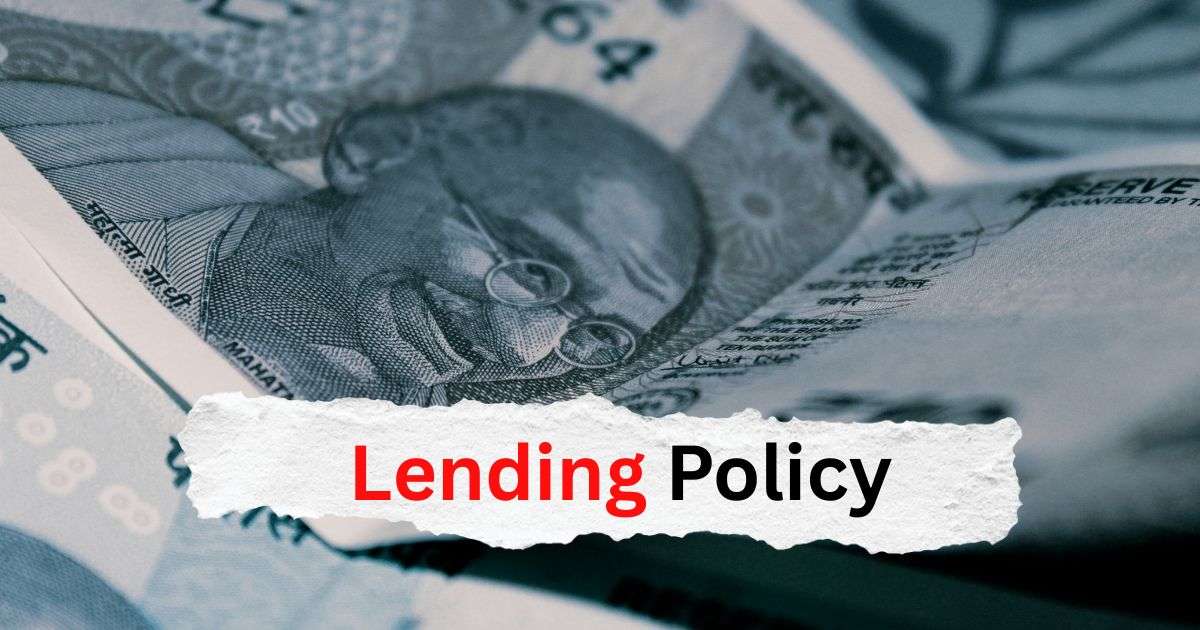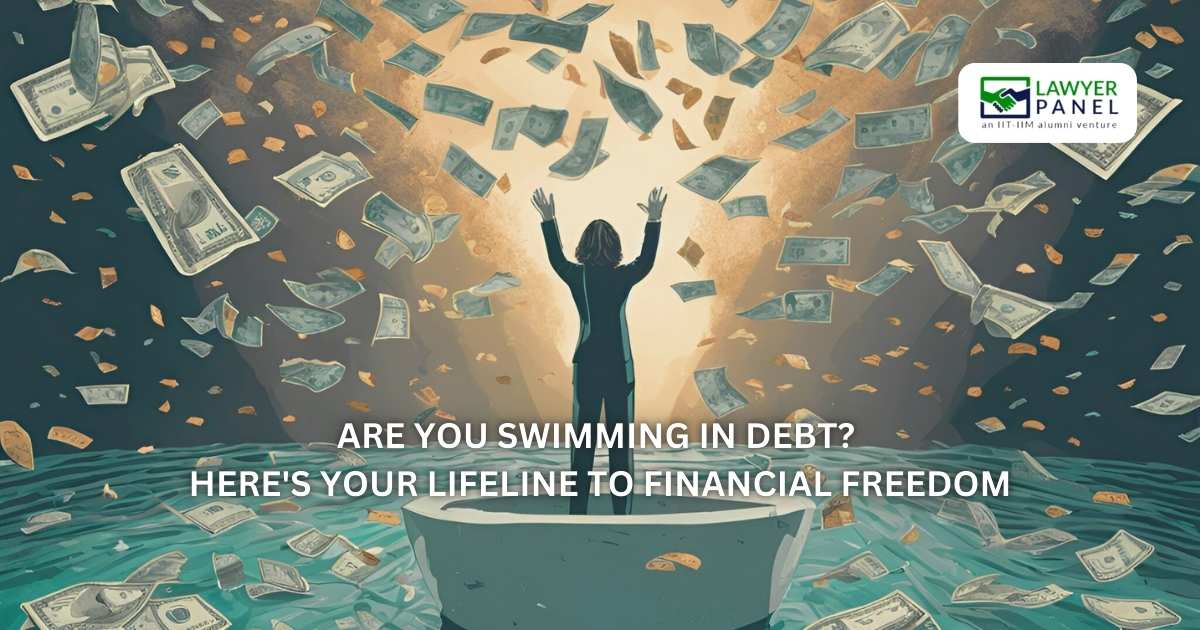Debt Resolution · 2 min read
New Rules, Fairer Loans: India’s Lending Policy Shift
India’s loan policies are evolving to ensure fairness, transparency, and borrower safety. With new RBI guidelines covering digital lending, consent norms, ethical recovery, and grievance redressal, borrowers now have more power than ever to make informed decisions. This blog breaks down the latest updates and what they mean for you

In recent years, the Reserve Bank of India (RBI) has taken major steps to promote fair lending practices, aiming to protect borrowers from mis-selling, overcharging, and harassment. With India’s growing dependence on credit, especially through digital lenders, the demand for transparent, ethical, and borrower-friendly loan norms has never been more important.
Here’s what you need to know about the latest policy updates and how they impact you.
1. RBI’s Focus on Transparency and Consent
A major part of fair lending is ensuring borrowers are not misled. The RBI now mandates that all lenders—banks, NBFCs, and digital loan apps—must provide clear, written communication of:
● Interest rates
● Processing fees
● Foreclosure charges
● Total cost of borrowing
Lenders must also obtain explicit consent from the borrower before disbursing any loan, and no hidden charges can be levied post-agreement.
2. Digital Loan Regulations Strengthened
Following numerous complaints of fraud, harassment, and data misuse, the RBI has enforced new guidelines for digital lenders:
● Only RBI-registered entities or those partnered with regulated lenders can provide digital loans.
● All loan disbursals and repayments must occur through the borrower’s bank account—no third-party wallets.
● Apps must disclose their partner NBFC or bank, and avoid misrepresenting themselves as authorised lenders.
This ensures accountability and protects borrowers from shady apps.
3. Cooling-Off Period for Personal Loans
RBI now recommends a cooling-off period—a window of time after sanctioning a loan during which the borrower can change their mind and cancel the agreement without penalties. This protects consumers from pressure tactics and gives them a chance to reassess.
4. Recovery Practices Under Scrutiny
Recovery agents must follow ethical recovery practices as per RBI’s Fair Practices Code:
● No abusive or threatening language
● No visits outside of 7 AM–7 PM
● No public shaming tactics
● Full disclosure of the recovery agency’s identity
Borrowers can report violations to the RBI or initiate legal action under harassment laws.
5. Enhanced Grievance Redressal
RBI’s Integrated Ombudsman Scheme now covers complaints related to loans from banks, NBFCs, and payment platforms. This unified platform makes filing complaints easier and ensures faster resolution.
Conclusion
India’s updated lending policies reflect a much-needed shift towards fairness, clarity, and borrower dignity. Whether you’re taking a home loan, a personal loan, or using a credit app, these new standards give you the power to question, understand, and choose wisely. Fair lending is not just policy—it’s your right.



